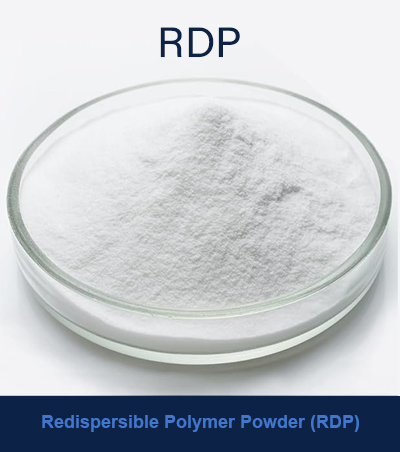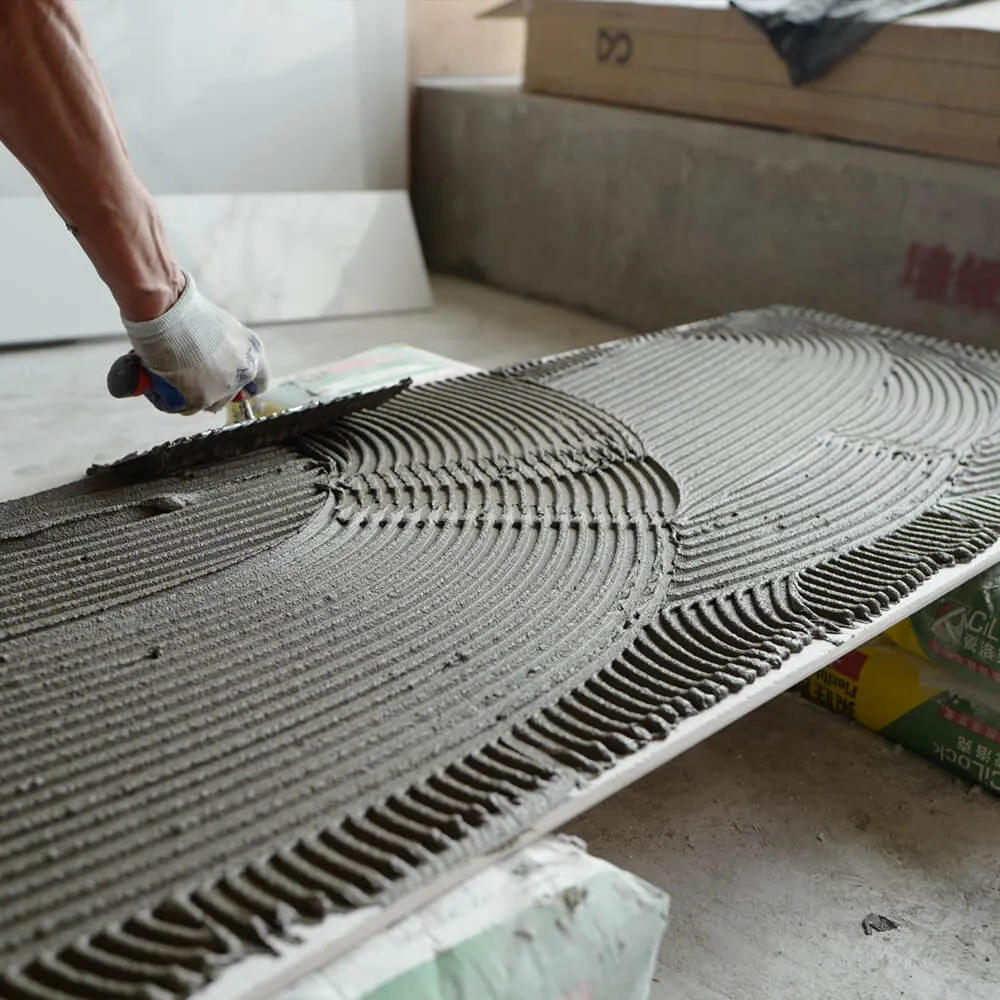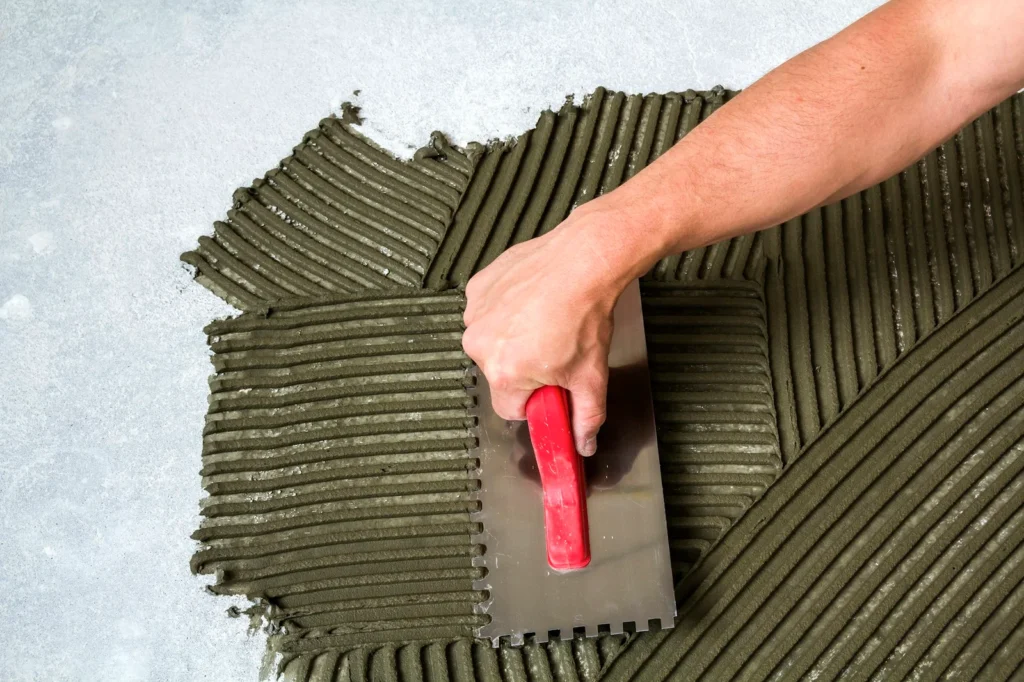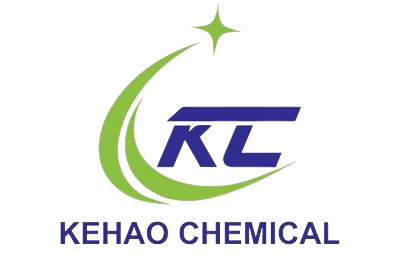When choosing redispersible polymer powder (RDP) for construction, many buyers face confusion. The wrong choice can lead to poor adhesion, cracking, or water damage. The right composition changes everything.
Redispersible polymer powder (RDP) differs mainly in polymer base, additives, and protective agents. These differences affect bonding strength, flexibility, water resistance, and workability, making each variety suitable for specific applications such as tile adhesives, EIFS, or self-leveling mortars.

I have often spoken with clients who struggled with mortar failures because they did not know the differences between RDP types. Once they understood composition, they made better choices. Let’s look closer at the details.
What Ingredients Define Redispersible Polymer Powder?
The wrong idea about RDP is that it is only a polymer. In reality, it is a carefully designed formula where each part has a role.
Redispersible polymer powder is made of a polymer matrix such as vinyl acetate–ethylene, additives for performance, and anti-caking agents like mineral fillers. These components ensure stability, water dispersibility, and consistent bonding in construction applications.
Polymer Matrix
The base of RDP is usually vinyl acetate–ethylene (VAE) or styrene-butadiene. VAE is common because it balances adhesion and flexibility. Some formulations use acrylic polymers for higher UV resistance. These polymer choices decide how well the RDP bonds to surfaces and how it behaves under stress.
Additives
Additives include plasticizers, stabilizers, and sometimes cross-linking agents. They fine-tune elasticity, durability, and resistance to chemicals. For example, an RDP with more plasticizer may perform better in climates where mortar faces expansion and contraction.
Protective Colloid and Anti-Caking Agent
Polyvinyl alcohol (PVOH) acts as a protective colloid, helping the powder redisperse in water. Anti-caking agents like calcium carbonate or talc prevent clumping during storage and transport. These agents do not change bonding strength directly, but they keep the powder stable and easy to handle.
| Component | Main Function | Example Materials |
|---|---|---|
| Polymer Matrix | Adhesion, flexibility, water resistance | VAE, acrylic, styrene-butadiene |
| Additives | Elasticity, durability, chemical resistance | Plasticizers, stabilizers |
| Protective Colloid | Redispersibility, film formation | Polyvinyl alcohol |
| Anti-Caking Agent | Storage stability, free-flowing powder | Calcium carbonate, talc |
External Reference: ScienceDirect – RDP in construction materials
How Do Different Compositions Influence RDP Performance?
Contractors often complain about tiles falling off or cracks in EIFS. The truth is, these problems often come from using the wrong RDP composition.
Different RDP compositions influence adhesion, flexibility, water resistance, and workability. A higher VAE content improves bonding and water resistance. Acrylic-based powders enhance UV stability. Additives fine-tune open time, sag resistance, and crack control.

RDP performance comparison
Adhesion and Cohesion
The choice of polymer base strongly affects bonding. VAE offers strong adhesion on cementitious surfaces. Styrene-butadiene increases elasticity but may not be as water resistant. Acrylic-based RDP excels in outdoor exposure because it resists UV light.
Flexibility
In EIFS, flexibility is critical. RDP with higher plasticizer levels reduces cracking when the wall expands and contracts. Without the right formulation, the insulation system may fail prematurely.
Water Resistance
Tile adhesives need high water resistance, especially in wet areas like bathrooms or kitchens. RDP with more VAE content resists water penetration better than styrene-butadiene-based powders.
Workability
Contractors value how easy mortar is to mix, spread, and adjust. Additives in RDP extend open time, control sagging, and improve overall workability. This makes projects smoother and reduces labor waste.
| Property | Influence of Composition |
|---|---|
| Adhesion | Strong with VAE, moderate with styrene-butadiene |
| Flexibility | Higher with added plasticizers and elastomers |
| Water Resistance | Stronger with VAE and hydrophobic additives |
| UV Resistance | Better with acrylic-based polymers |
| Workability | Controlled by additives like stabilizers, modifiers |
External Reference: Springer – Polymer-modified mortars
Which RDP Variety Is Best for Tile Adhesive, EIFS, or Self-Leveling Mortar?
I often get asked this in trade shows. My answer always depends on the application. No single RDP is best for everything.
For tile adhesive, high VAE content ensures adhesion and water resistance. For EIFS, flexible RDP with plasticizers prevents cracks. For self-leveling mortar, RDP that improves flow, cohesion, and abrasion resistance is most suitable.

RDP varieties for applications
Tile Adhesive
In bathrooms, kitchens, and outdoor facades, water resistance and adhesion matter most. A VAE-based RDP works well. It ensures tiles remain in place even under moisture and temperature changes.
EIFS (External Insulation Finishing System)
Here, flexibility and crack resistance are key. An RDP with more plasticizers and elastomers allows the wall system to expand and contract without failure. It also improves cohesion between insulation boards and finishing layers.
Self-Leveling Mortar
This application demands flow, cohesion, and surface strength. RDP designed with balance between VAE and additives prevents segregation, reduces shrinkage, and increases abrasion resistance. It makes floors smooth, durable, and easy to install.
| Application | Best RDP Composition | Main Benefit |
|---|---|---|
| Tile Adhesive | VAE-based, high water resistance | Strong adhesion in wet areas |
| EIFS | Flexible RDP with plasticizers | Crack resistance, elasticity |
| Self-Leveling Mortar | Balanced RDP with flow-modifying additives | Smooth finish, abrasion resistance |
External Reference: ResearchGate – Applications of polymer powders in mortars
Conclusion
The differences in RDP composition decide performance. By matching RDP variety to the right application, contractors prevent failures and ensure long-lasting results.



